Christianity is spreading at an astonishing pace in Nepal. Photojournalist Sindre Deschington gives us an exclusive glimpse inside the former Hindu kingdom
Nepal is home to one of the world’s fastest-growing Christian populations. Estimates of the exact number of Christians in the country vary greatly, ranging from official statements at 683,000 to rumours of more than 3 million.
Whatever the real figure, Hinduism remains the dominant religion in Nepal, with many of its practices deeply ingrained in daily life. Many of the Christians in Nepal are converts from Hinduism, but recent anti-conversion laws mean it is now illegal to try to convert anyone to a different religion. And although this presents a major challenge for the Nepalese Church, it has not hindered growth. The number of Christians in Nepal has doubled over the past decade.
Yet the hardships are real. Many individuals face being ostracised by their families and communities for identifying as Christian. Foreign missionaries risk deportation at the slightest suspicion of conversion. Pastors such as Keshav Raj Acharya of Abundant Harvest Church have been imprisoned and fined after being found guilty of “proselytisation”.
It’s likely there are far more Christians in Nepal than the commonly cited official figure of 2 per cent. Reports suggest that the Christian faith is spreading across massive mountains and sprawling cities, through small villages and densely populated slums. What does a growing Christianity look like in a former Hindu kingdom?
The history of Christianity in Nepal
Nepal was closed to the outside world until 1951. When it was first opened to outsiders, a few Christian women from the UK entered Nepal, walking nine days from the Indian border to start a health clinic and small fellowship in Pokhara. Along with a handful of Nepalese who were also living in India, they became the country’s first believers.
By 1960, there were still only a handful of Christians. But the Nepalese government was wary of this new religion and banned Christianity, making following Christ punishable by seven years in jail.
Despite the persecution, Christianity continued to grow. By 1975, there were about 500-600 believers in Nepal. In 1990, the country became a democracy, and from that moment, there was more freedom to preach the gospel. Recently, the officially secular but majority Hindu government reintroduced anti-conversion laws. Christians can attend church, but evangelism is not permitted. Nonetheless, Christianity is still growing.
Spreading the gospel
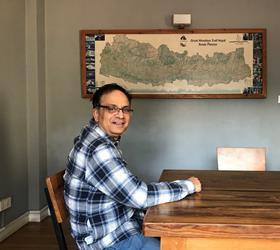
Emma Fowle writes…
Arjun’s mother was a Hindu, but converted to Christianity while working as a cleaner for Christian missionary doctors in Pokhara. He grew up going to church, but committed his life to God aged 19. His church sent him to Bible college, and he then began working with Campus Crusade for Christ, engaging in evangelistic work across Nepal. He often travels long distances on dangerous roads by bus and motorbike, once breaking his legs in an accident. He still suffers from acute back pain.
In 2010, he felt called by God to establish a small church in his house. At that time, he and his wife had adopted many children who had been orphaned or abandoned, or whose families could not care for them. The gathering began with 25 people, but around 150 now join them on their smallholding each week. Many of the children that he took into his home have become pastors, missionaries or Bible teachers themselves.
Now aged 53, Arjun is investing in the next generation of young leaders, training and supporting pastors to plant churches, fulfil the great commission and support the poor, the unemployed, young people and the elderly. He still travels around the country teaching, mentoring, encouraging and equipping church leaders. The roads have improved, he says, but it is still gruelling work.

Christianity in Nepal remains under pressure. The threat of persecution from the government means Christians have to be careful in what they can do and say. Within the Church, the advent of social media and increased access to the internet has also caused issues for believers, exposing them to unsound doctrine and causing denominational and doctrinal differences that were not previously present.
Nonetheless, major opportunities remain. Recently, Anil (20) and his wife, Purnimaya, (18) walked for 17 hours to attend a teaching session. Their pastor, who converted from Hinduism, oversees twelve churches (made up of more than 25 baptised believers) and six house churches (less than 25 baptised believers) across the mountainous region north of Kathmandu, where his own church is based. He regularly travels more than six hours by motorbike, followed by several hours on foot, to teach, equip and encourage Christians in the rural villages.
Christianity is growing more quickly in the countryside, where people are “not busy like the city people”, he says. In some places, he is threatened with violence for sharing the gospel but he remains undeterred. It is challenging, he says, but people are in need. Please pray that need will be met.













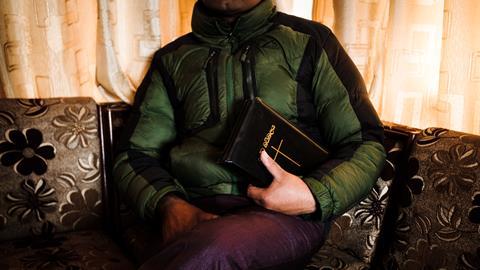

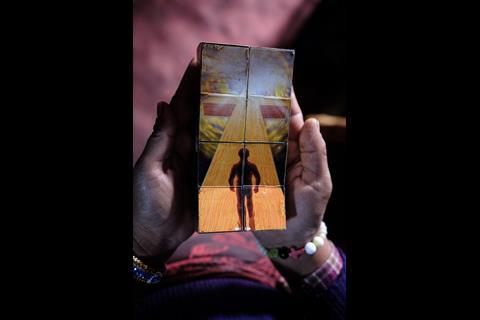

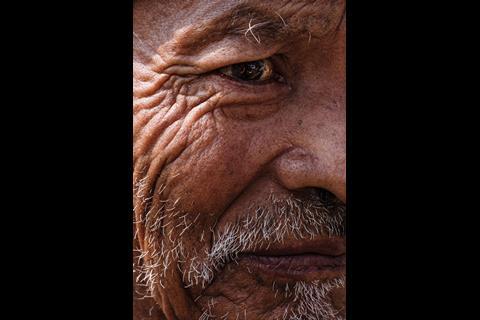
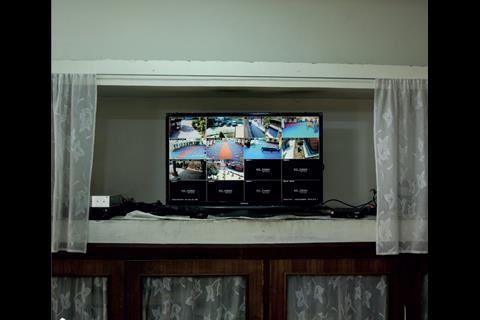
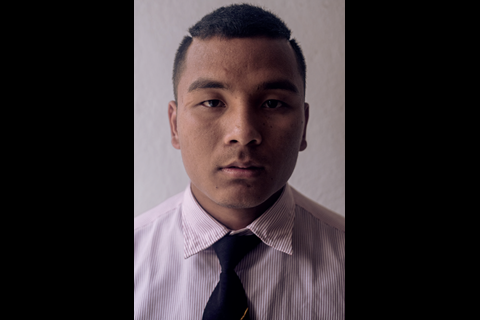
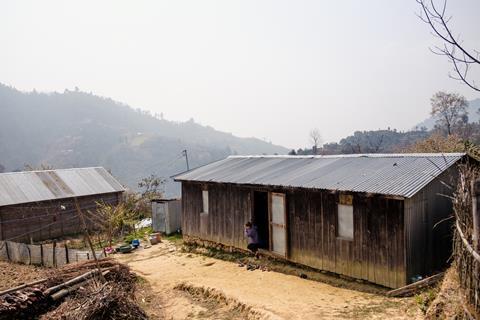
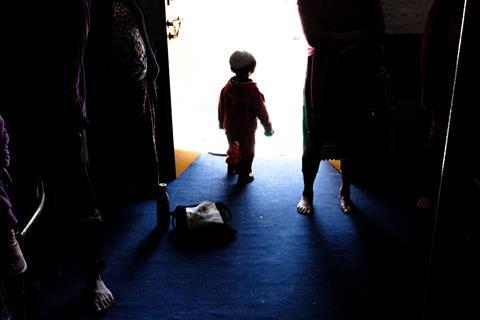
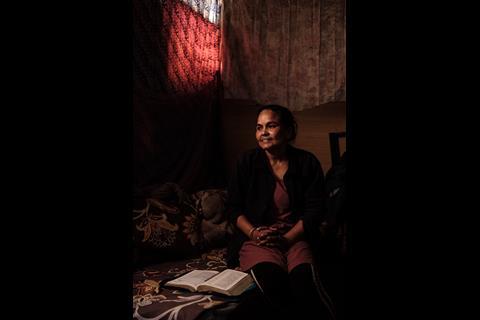
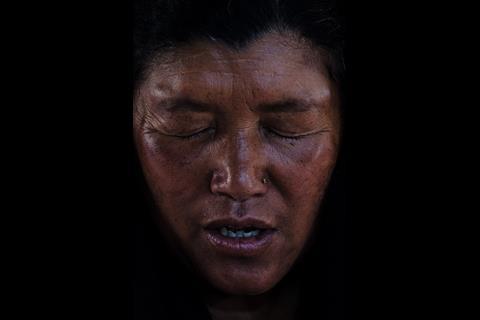
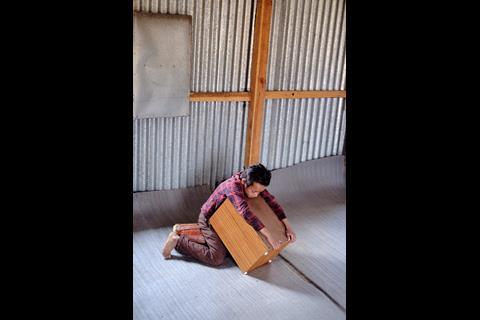
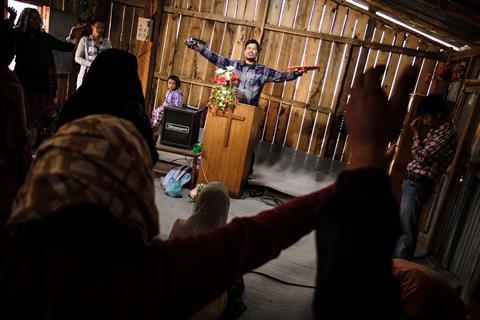


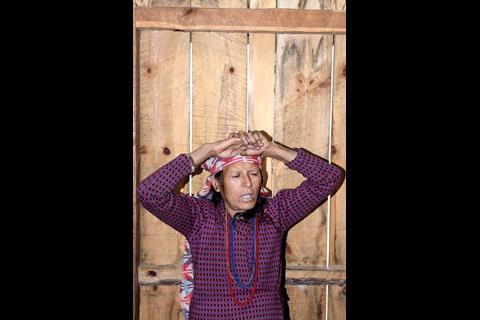
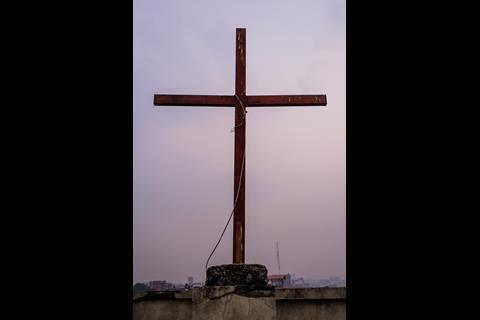




















No comments yet